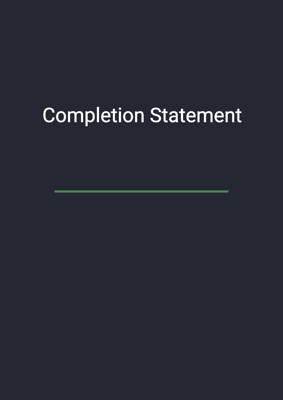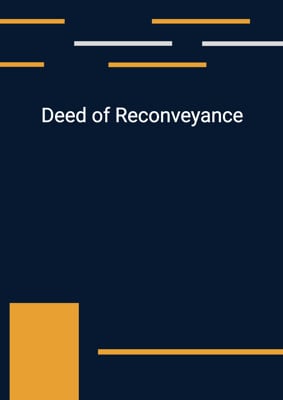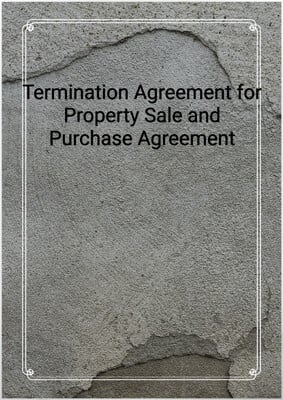
Quit Claim Deed
Individual
A Quit Claim Deed is a legal document used to transfer ownership of real estate. This guide explains how it works when a Grantor transfers the title to a Grantee for a consideration. Learn about the process and requirements for using a Quit Claim Deed in real estate transactions.
How to Tailor the Document for Your Need?
01
Create Document
Fill in the details of the parties. You can click the "Fill with Member’s Information" button to complete it with information saved to your account.
02
Fill Information
Please fill in any additional information by following the step-by-step guide on the left hand side of the preview document and click the "Next" button.
03
Get Document
When you are done, click the "Get Document" button and you can download the document in Word or PDF format.
04
Review Document
The document should be signed by the authorised signatory (or directors of a company) and witnessed to complete the formality.
Document Preview
Document Description
The Quit Claim Deed is a legal document that is used to transfer the ownership of a property from one party (the grantor) to another party (the grantee). This document is entered into by the grantor and the grantee, and it serves as proof of the transfer of ownership. The importance of this document lies in its ability to provide a clear record of the transfer, ensuring that both parties are protected and their rights are upheld.
The entire document consists of several sections, each serving a specific purpose. The first section of the document contains the names and addresses of the grantor and the grantee. This information is crucial as it identifies the parties involved in the transfer. The second section of the document states that the grantor is conveying, releasing, and quitclaiming all their rights, title, interest, and claim to the grantee. This section emphasizes the intention of the grantor to transfer their ownership of the property to the grantee.
The third section of the document describes the real estate being transferred. It provides a detailed description of the property, including its location and any specific details that may be relevant. This section ensures that both parties have a clear understanding of the property being transferred. The fourth section of the document states that all future tax statements will be mailed to a specified address. This ensures that the grantee will receive any tax-related correspondence regarding the property.
The final section of the document includes the signatures of the grantor, the grantee, and the witnesses. The signatures serve as proof that the parties involved have agreed to the terms of the Quit Claim Deed. This section also includes the acknowledgment by a notary public, who verifies the authenticity of the signatures.
Each section of the document plays a crucial role in ensuring the validity and enforceability of the Quit Claim Deed. From identifying the parties involved to describing the property and obtaining the necessary signatures, every detail is carefully included to protect the rights and interests of both the grantor and the grantee.
How to use this document?
1. Enter the names and addresses of the grantor and the grantee in the designated fields. This ensures that both parties are clearly identified.
2. Read the document carefully and ensure that all the information is accurate and complete.
3. Provide a detailed description of the property being transferred, including its location and any relevant details.
4. Specify the address to which all future tax statements should be mailed. This ensures that the grantee will receive any tax-related correspondence.
5. Sign the document in the presence of witnesses. The witnesses should also sign the document to attest to the authenticity of the signatures.
6. Have the document acknowledged by a notary public. This step is crucial as it verifies the authenticity of the signatures.
7. Keep a copy of the executed Quit Claim Deed for your records.
8. If you have any questions or concerns, consult with a legal professional to ensure that you fully understand the implications of the document and that it complies with all applicable laws and regulations.
Not the right document?
Don’t worry, we have thousands of documents for you to choose from:













